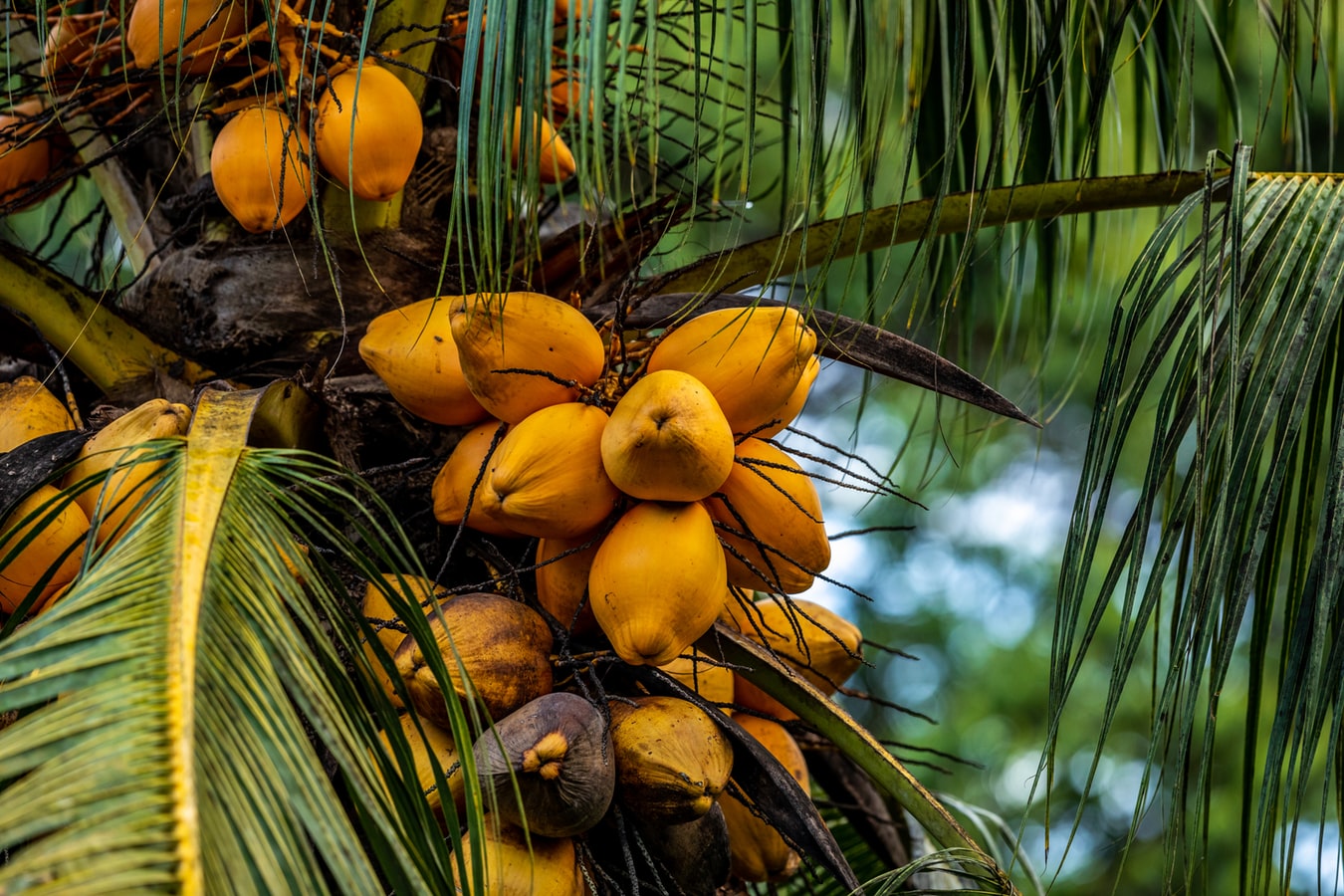Tourism causing trouble: Commercialising Costa Rica’s last tribe
Since the 1970s, there has been great effort in the Americas to conserve indigenous cultures and communities not totally displaced through colonisation, but now rapidly shrinking due to globalisation. Costa Rica is one such country in which tourism initiatives have been developed in an attempt to conserve one of the last indigenous communities – the Boruca community. Nowadays only 2.4% of Costa Rica’s population is indigenous, representing just 120,000 people, and they are dispersed among the 24 indigenous communities around the country.
The Boruca village is located in the country’s South Pacific region, between the Talamanca mountain range and the Panamanian border, and is home to just 2000 people, of which only half have any indigenous heritage. The Boruca community is the only one of Costa Rica’s tribes not displaced by the Spanish in the 1500s, and yet its culture is now dying out, thanks to the tourism initiatives designed to conserve it.
One apt analogy compares the country of Costa Rica to a tree, describing its indigenous communities as its roots; by showing everyone the tree that needs protecting, its roots are being trampled and the tree damaged. Ethno-tourism is one initiative and branch of Costa Rica’s tree, promoting immersive travel and encouraging tourists to visit indigenous villages with a purpose to teach them about their cultures and traditions.
The Boruca community is the only one of Costa Rica’s tribes not displaced by the Spanish in the 1500s and yet its culture is now dying out thanks to the tourism initiatives designed to conserve it
The idea of being an ethno-tourist is to learn about the history of a place and the importance of its heritage, and the objectives of ethno-touristic projects are positive as they aim to share and preserve the ancient customs of indigenous communities. Tour companies organising visits to indigenous reserves have facilitated the greater access to the handicrafts, festivals and legends of the Boruca community, enabling people to share their experiences online and keep certain aspects of the tribe and the country’s heritage alive.
Ethno-tourism has also brought financial benefits to the community, directly through tourist purchases of handicrafts, and indirectly through the creation of alternative forms of employment in the village. The financial benefit of selling handicrafts has been positive for the Borucas, but their dependence on this industry has caused their agricultural industry to shrink – one of the main aspects of Borucan lifestyle prior to the 1970s.
One crucial component of the Borucan culture is their unique language, Brunca, which sadly is now officially extinct. There are no Costa Ricans left that speak Brunca as their mother tongue and there are fewer than 10 semi-speakers of the language left in the community. Currently, Brunca is taught in the local primary school, but English language classes take priority in secondary school due to the need to be able to communicate with anglophone tourists.
There are no Costa Ricans left that speak Brunca as their mother tongue and there are fewer than 10 semi-speakers of the language left in the community
Due to this loss of native language, other aspects of the Borucan culture are being lost too. Borucan oral traditions, for example, have given sacred status to a number of sites within the village, linking them to particular spirits inherent to the spirituality of the community.
Sadly, the lack of Brunca speakers has led to a lack of understanding or respect for these sites; if nobody can understand the stories and legends about these sacred natural places, nobody will be able to teach the future generations of their significance or the respect that their ancestors believed that nature is due. Likewise, knowledge of traditional Borucan cuisine is disappearing. The more people that speak English over Brunca, the more traditional family recipes that do not get passed down the generations for not being understood.
Tourists regularly come to the Boruca village to learn about its heritage and to participate in mask making workshops, hikes that follow mythological trails, and festivals like the ‘Baile de los diablitos’, that represents the fight and victory of the Boruca tribe against the Spanish conquistadors.
It is our responsibility as ethno-tourists to be ethical; it’s perfectly acceptable to admire the tree, but we must do so without trampling its roots and paying attention only to the fruit amongst its leaves
In a bid to disseminate and promote Borucan culture, an ethno-tourism festival began in 2013 that attracts crowds of tourists once a year. Despite great economic opportunity, this influx of tourists has led to Borucan experiences being standardised so that tourists get a good service and do not harm the local environment during their stay. Unfortunately, this standardisation process has meant that many aspects of Borucan culture have been ignored so that the interesting, exotic, Instagram-worthy aspects of it can be prioritised. Borucan culture has been commercialised.
Ultimately, by bringing tourists to the home of the Borucan community, the culture is changing to accommodate and satisfy their needs. The essence of Borucan culture is being sacrificed due to the demands of the tourists, and the tribe isn’t resisting due to thinking that the benefits of this tourism outweigh the losses they are suffering. It is therefore our responsibility as ethno-tourists to be ethical; it’s perfectly acceptable to admire the tree, but we must do so without trampling its roots and paying attention only to the fruit amongst its leaves.

Comments